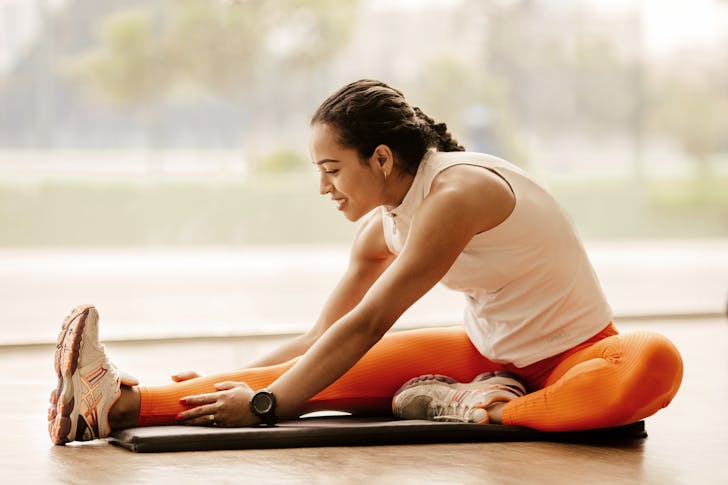Longevity is about more than numbers on a scale. A recent study reveals that aerobic fitness plays a more significant role in reducing the risk of death and heart disease than weight loss. Researchers led by Dr. Siddhartha Angadi analyzed nearly 400,000 participants across multiple studies. They found compelling evidence that being physically fit is a better predictor of long-term health than body weight.
The findings are a game-changer in how we think about health and longevity. They highlight the importance of improving aerobic fitness, measured by VO2 max, over simply chasing a lower BMI. So, if you are prioritizing your health, it is time to lace up your sneakers rather than obsess over the bathroom scale.
What the Research Says About Aerobic Fitness and Longevity?
Longevity is closely linked to aerobic fitness, which measures how effectively the heart, lungs, and muscles work together during physical activity. Unlike BMI, which only considers weight and height, VO2 max evaluates how efficiently your body uses oxygen.

Jonathan / Pexels / Higher VO2 max means better fitness. And according to the research, it is a lifesaver.
Fit individuals - whether overweight, obese, or of normal weight - showed a similar risk of death in the studies analyzed. In stark contrast, unfit individuals, regardless of BMI, faced two to three times the risk of dying from heart disease or other causes.
The takeaway is clear: Fitness trumps weight in determining your health.
Why BMI Falls Short in Predicting Longevity
BMI has long been used as a quick way to assess health, but it has its flaws. It doesn’t account for muscle mass, fat distribution, or overall fitness. Two people with the same BMI can have vastly different health profiles based on their activity levels and cardiovascular fitness.
The study, published in the British Journal of Sports Medicine, found that fit overweight or obese individuals were often healthier than their unfit peers with normal BMI. This further discredits the notion that BMI alone can define health or predict longevity. It is time to shift our focus from weight to movement and stamina.
How to Measure Aerobic Fitness
You don’t need fancy equipment to measure aerobic fitness. VO2 max, the gold standard, can be tested through an exercise test in a lab, but many fitness trackers now estimate it using heart rate data. Even simple activities like brisk walking or climbing stairs can indicate your fitness level.
If you feel winded too quickly, it might be time to work on building endurance.

Master / Pexels / Fitness expert Dr. Patterson explains that aerobic fitness can be improved with consistent effort.
Starting small, like with a 20-minute walk, is often more sustainable than aiming for drastic goals. The key is consistency. Over time, these small changes can dramatically boost your VO2 max and, with it, your longevity.
Aerobic Fitness Is a Lifelong Investment in Longevity
Longevity is not just about living longer. It is about living better. Aerobic fitness enhances heart health, reduces stress, and strengthens the immune system. Unlike weight loss, which often focuses on aesthetics, improving fitness brings tangible health benefits that directly impact your quality of life.
Dr. Wroe, a fitness specialist, emphasizes that even simple movements done consistently can yield remarkable results. Whether you enjoy daily walks, swimming, or dancing, finding activities you enjoy makes it easier to stick to a routine. And the more you move, the more your fitness and longevity improve.
How to Start Your Fitness Journey
Improving aerobic fitness doesn’t require a gym membership or expensive equipment. Start with manageable activities, like walking, swimming, or light cycling. For beginners, even household chores like gardening or cleaning can contribute to better cardiovascular health.
Consistency is the magic ingredient. Setting aside time daily to move, even for 10 minutes, can build a habit that transforms your health. Over time, gradually increase the intensity or duration of your activity to keep challenging your body and boosting your VO2 max.







